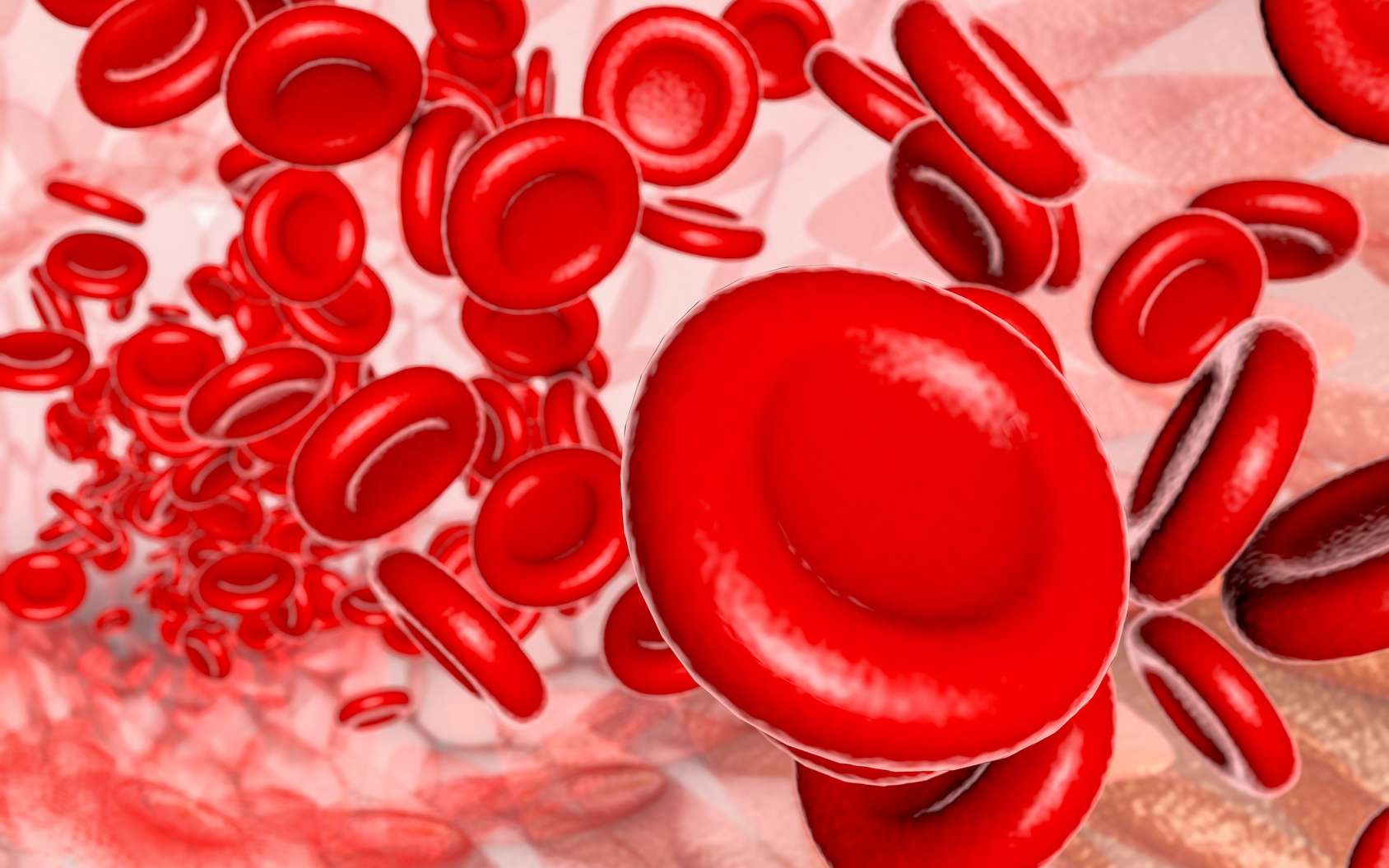Red blood cells carry oxygen throughout the body through the bloodstream. Researchers have tried to build artificial ones that could also serve as carriers.
The creation of artificial red blood cells has long been in the minds of some scientists. A previous test had obtained dummy red blood cells from a hydrogel that had the size, shape and flexibility of natural erythrocytes, but which were not yet able to perform the same biological functions, as the oxygen transport .
Researchers at the University of Albuquerque in the United States published in the journal ACS Nano the recipe for creating synthetic red blood cells that have the capacity for their biological alter ego and even a few others.
Oxygen transport but not only
To create the artificial red blood cells, the researchers used a process called cell bioreplication. In the laboratory, red blood cells from donors were covered with a thin layer of a silica solution . Native red blood cells are eliminated and only the spherical silica structures remain which reproduce the shape and surface of natural red blood cells. After several other treatments, each silica sphere is enveloped in a plasma membrane artificially obtained from natural red cells.
Finally, synthetic cells therefore have the same size, shape, electrical charge, flexibility and membrane as blood erythrocytes . An experiment made in a microfluidic capillary also indicates that they can deform and travel in the narrowest vessels. In mice, the dummy cells resist more than 48 hours in the rodent’s organism , without inducing toxicity .
The scientists decided to go a step further and imagined their artificial cells as transporters. Thus, they could transport hemoglobin , on which oxygen binds, but also anticancer molecules or a biosensor that detects toxins .
